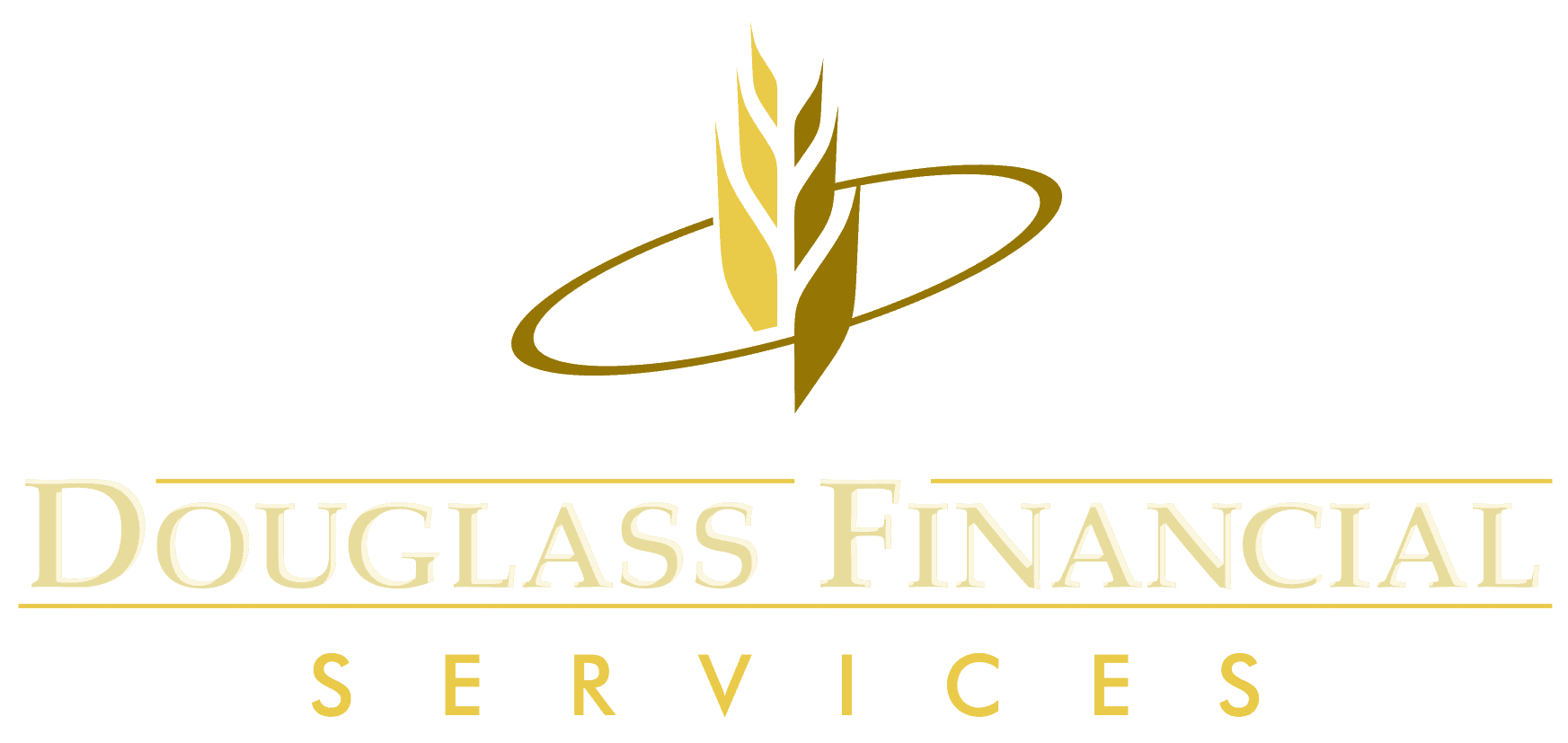When you change jobs, the following four options for your 401(k) or other retirement plans (like 403b or SIMPLE plans) are available to you:
1. Leave It with Your Former Employer
If you have a substantial amount saved and like your plan’s investment options, then leaving
your 401(k) with a previous employer may be a good idea. If you leave your 401(k) with your old employer, you will no longer be allowed to make contributions to the plan. Also, you will have to withhold a mandatory 20% for taxes from any distributions you take from the plan.
2. Roll It Over to Your New Employer
If your new employer offers a 401(k), when you are eligible to participate, and allows rollovers then this might be your best option especially if you are several years from retirement.
Consolidating old 401(k) accounts into a current employer’s 401(k) program makes sense if your current employer’s 401(k) is well-structured and cost-effective.
3. Roll It Over Into an IRA
If your new employer doesn’t offer a retirement plan or if the new plan is not to your liking, this is a good option. One of advantages of this option is the freedom to invest how you want, where you want, and in what you want as there are few limits on an IRA rollover. Another advantage of this option is that your investment continues to be tax deferred and you can decide what you want to withhold for tax from distributions.
4. Cash It Out
Liquidating an old 401(k) and taking a lump-sum or partial distribution is the final option but this reduces your retirement savings unnecessarily, and on top of that, you will be taxed on the entire amount. If you have a large sum in an old account, then the tax burden of a full withdrawal may not be worth the windfall. Plus, you probably will be subject to the 10% early withdrawal penalty if you are under age 55.




